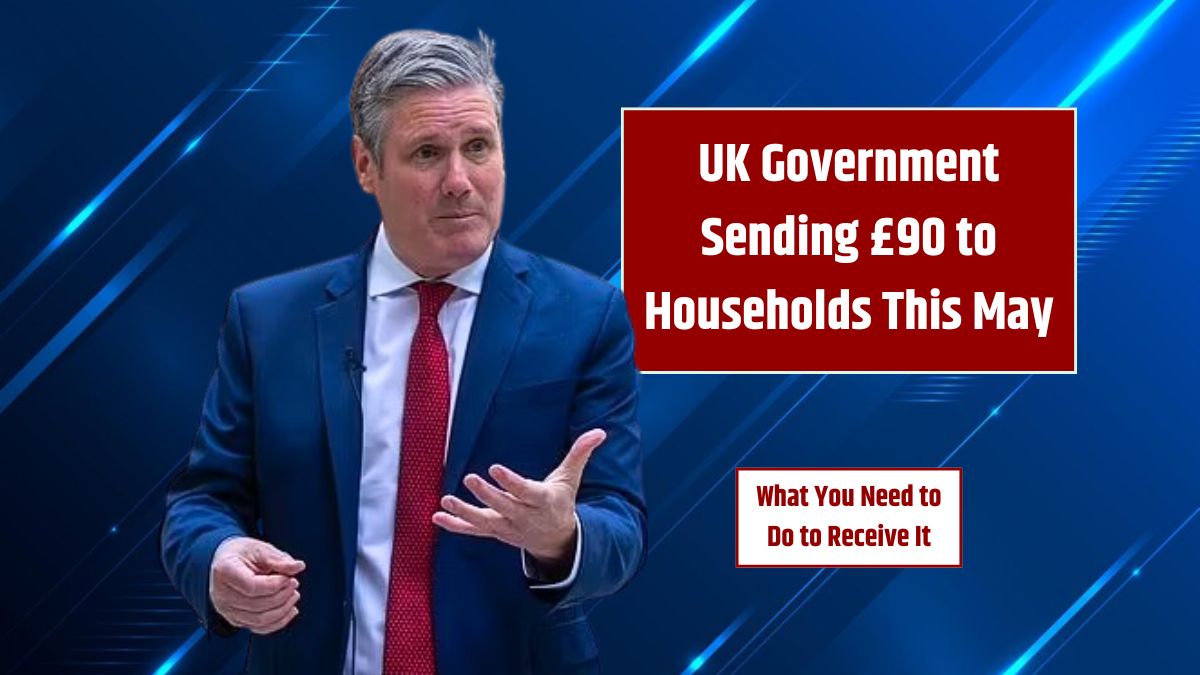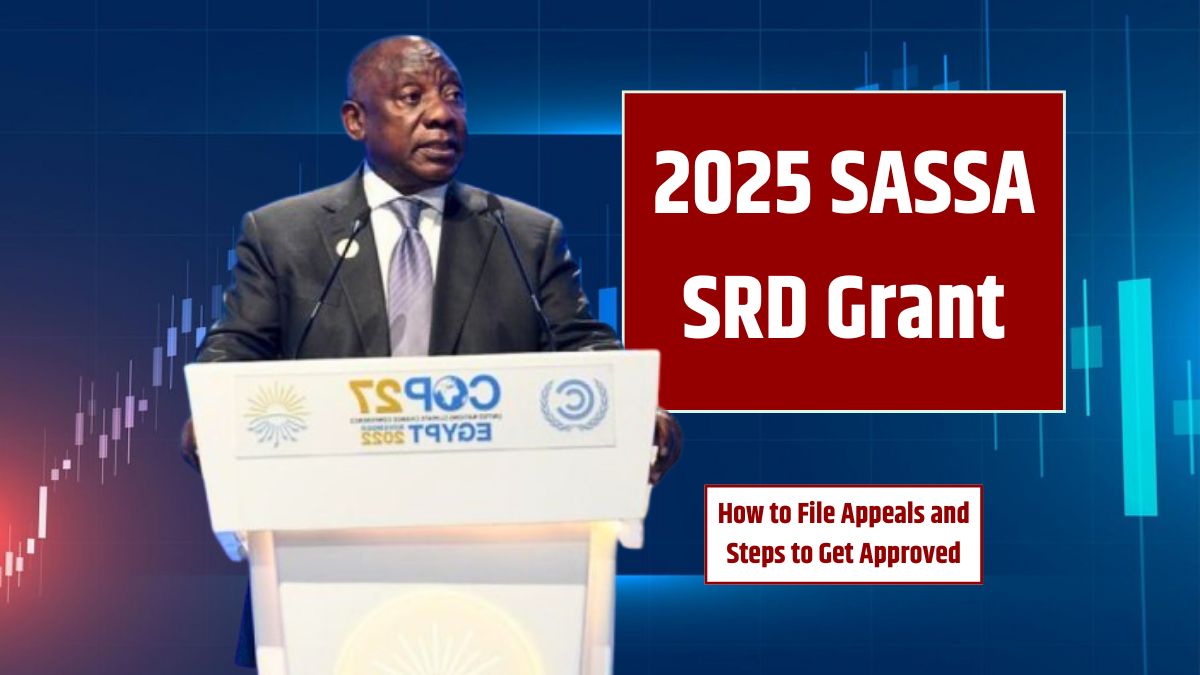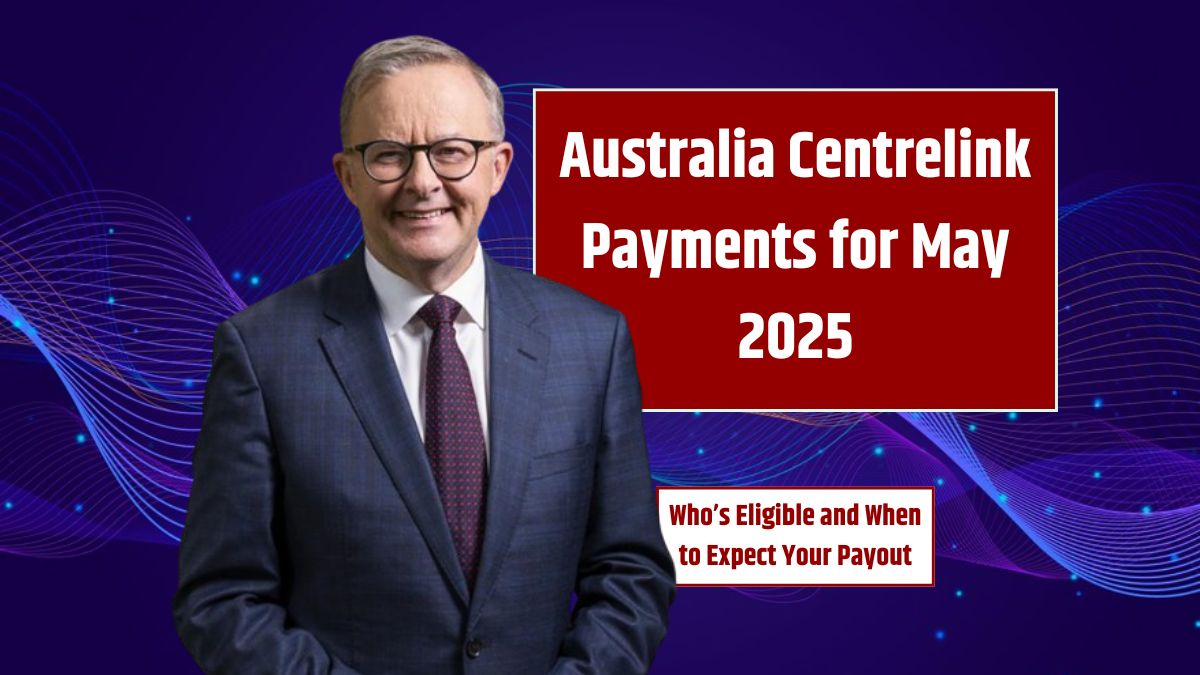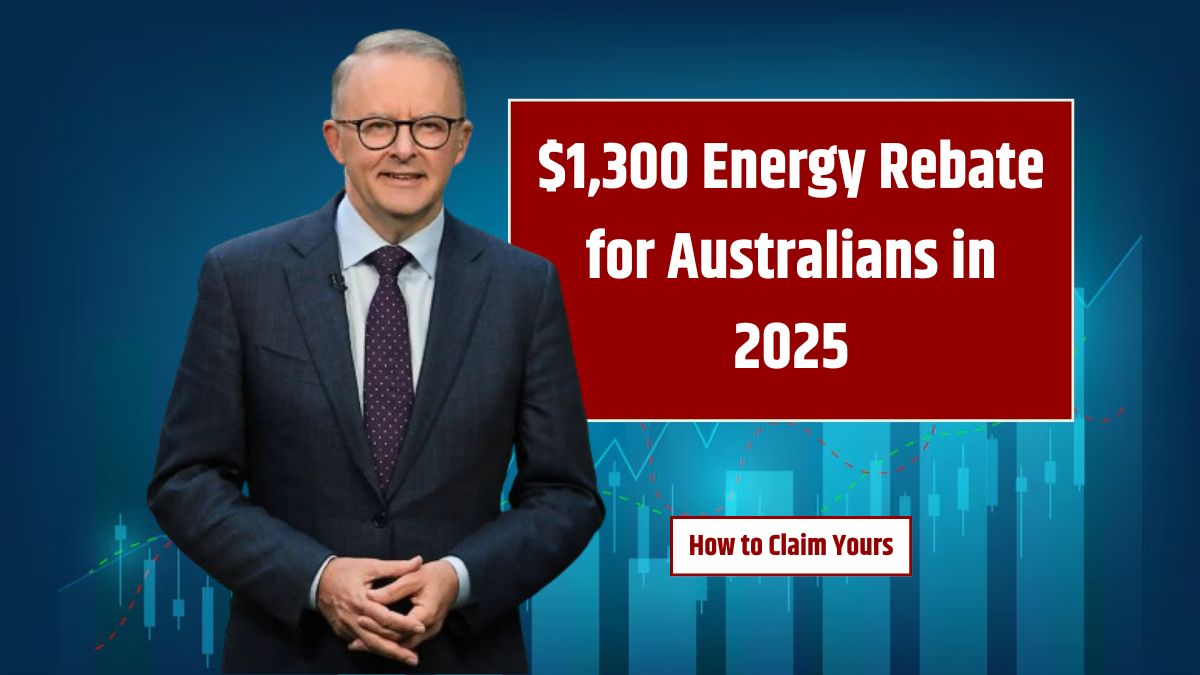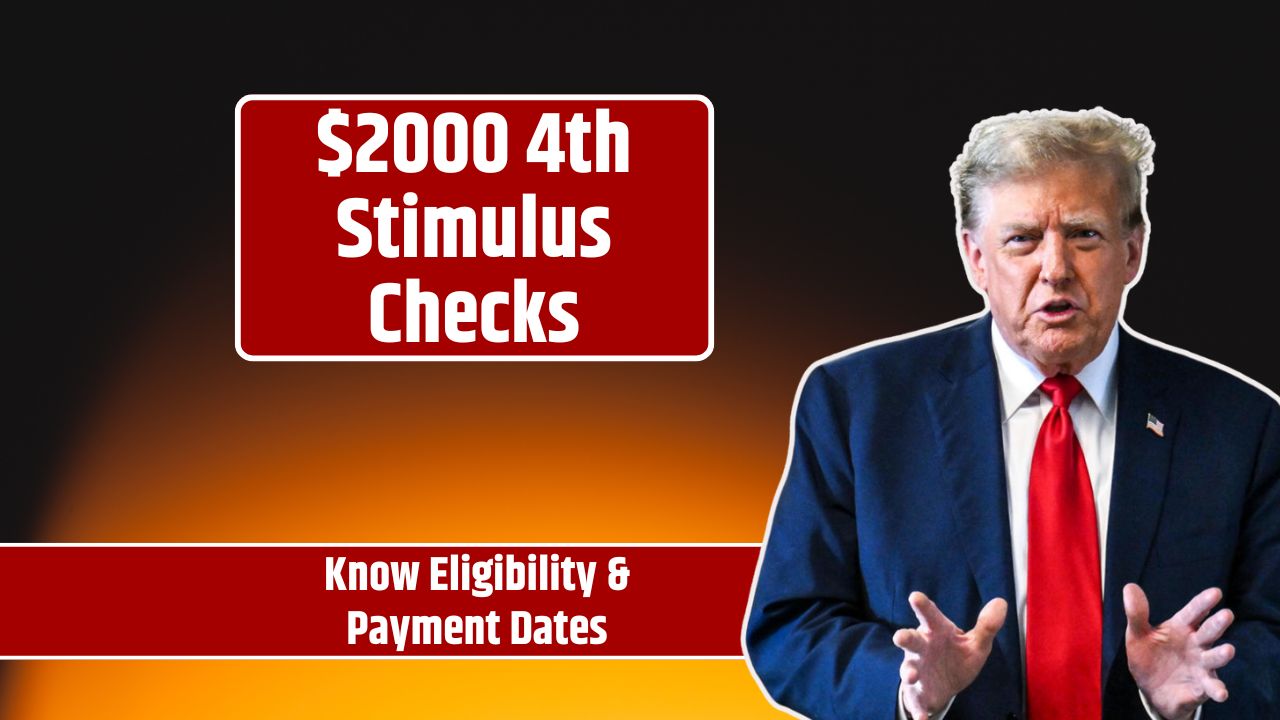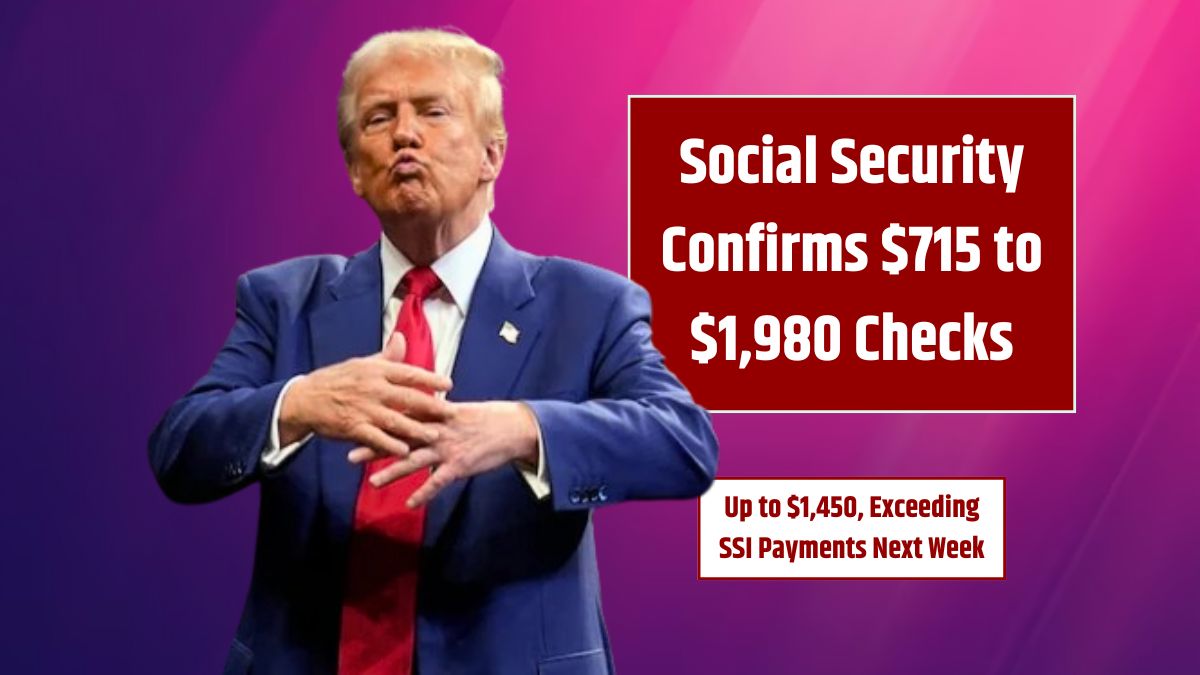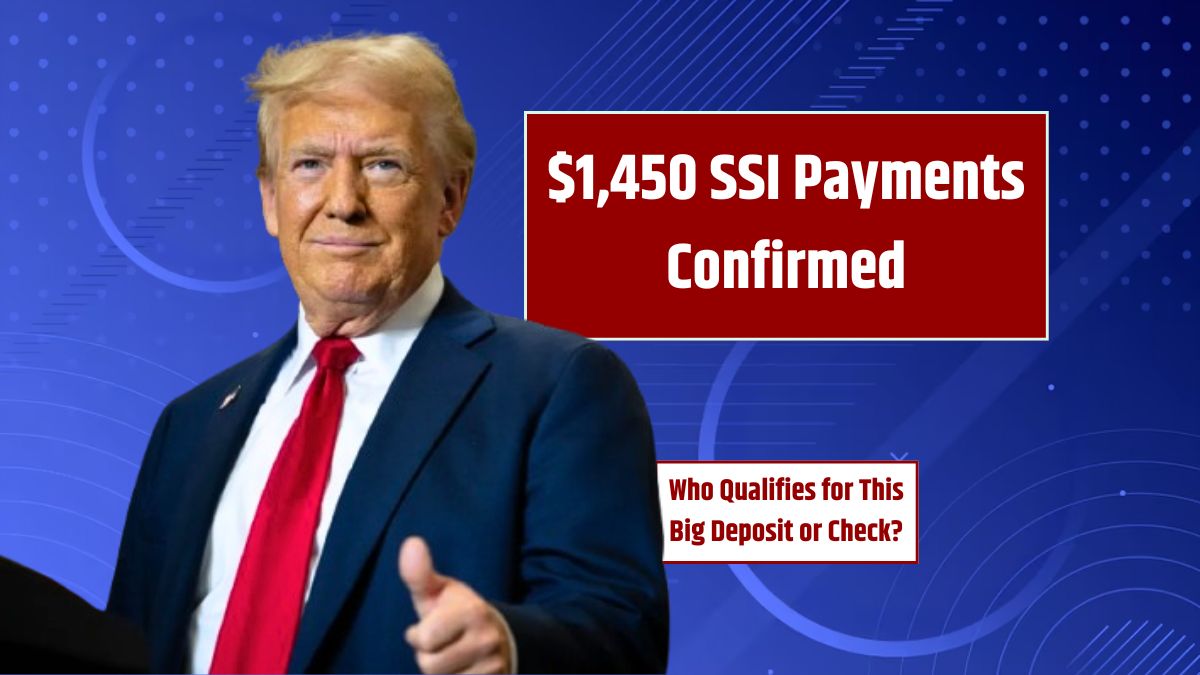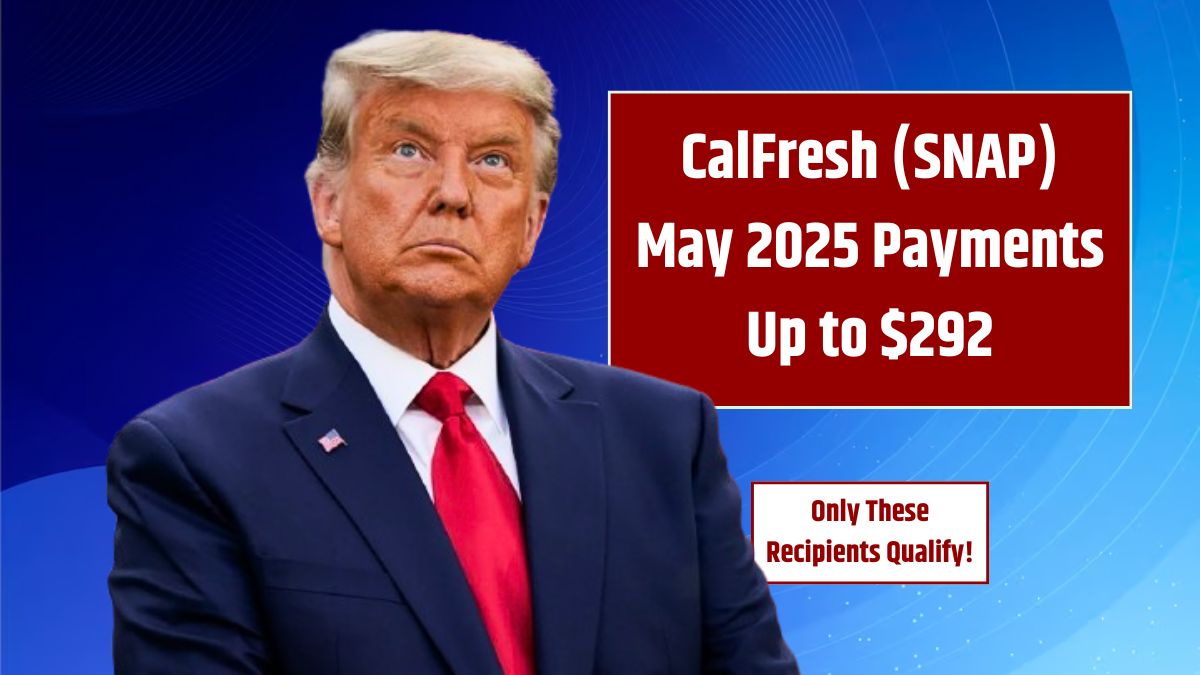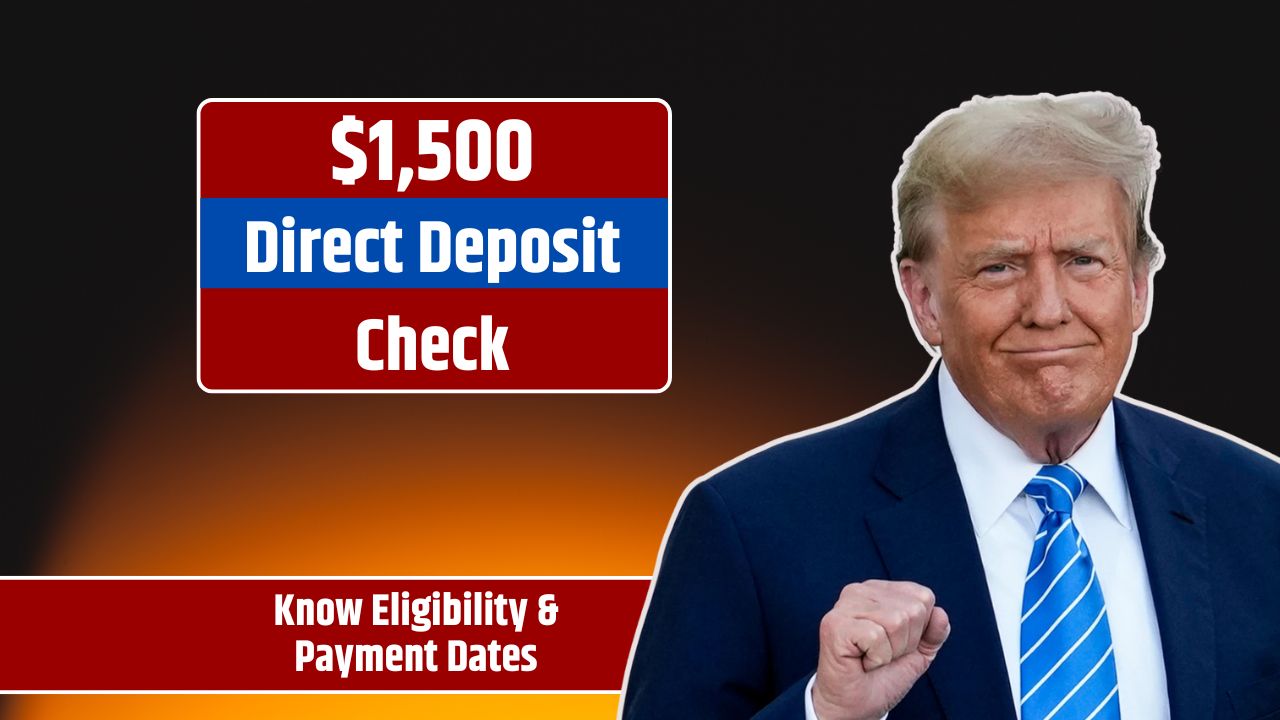If you’re feeling the pinch of rising food, energy, and everyday costs, help is on the way. In May 2025, the UK Government is issuing a one-off £90 Cost of Living Payment to low-income households across the country. This support is part of the extended Household Support Fund and will be sent automatically to eligible individuals.
Whether you’re currently receiving Universal Credit, Income-based JSA or ESA, or Pension Credit, this guide explains who qualifies, how the payment is delivered, and what to do if you don’t see the money in your account.
Overview
Here’s a quick summary of the key facts:
| Feature | Details |
|---|---|
| Payment Amount | £90 one-off payment |
| Payment Period | May 2025 |
| Eligibility | Universal Credit, income-based ESA/JSA, Income Support, Pension Credit |
| Application Needed? | No – automatic via DWP records |
| Payment Methods | Bank transfer, cheque, or voucher |
| Administered By | Department for Work and Pensions and local councils |
| Extra Help Available | Food vouchers, energy aid, appliance grants |
| Official Info | GOV.UK Household Support Fund page |
Household Support Fund
The £90 payment is part of the government’s plan to provide direct help with essential costs. It’s being funded through the Household Support Fund, which was introduced in 2021 and extended to run until March 2026 with over £842 million added to the latest round.
This is not a loan or an advance—you don’t need to repay it. It’s a one-time, tax-free payment that can be used toward daily living costs.
Eligibility
You will automatically receive this payment if, during the qualifying period, you are receiving any of these means-tested benefits:
- Universal Credit
- Income-based Jobseeker’s Allowance (JSA)
- Income-related Employment and Support Allowance (ESA)
- Income Support
- Pension Credit
Important: Contribution-based JSA or ESA do not qualify unless you also receive an income-based benefit alongside them.
How to Pay
The payment method depends on how your local council or the DWP handles disbursements:
- Bank transfer: Most common and fastest method
- Cheque: Sent if you don’t have direct debit details set up
- Voucher: Issued by local councils, sometimes redeemable at supermarkets
You don’t need to apply. The DWP will send payments automatically to eligible households based on benefit records.
HSF
The Household Support Fund is a government scheme operated by local authorities. Each council decides how to use its funding, so the types of support available may vary.
Examples of what the fund covers:
- Food and basic groceries
- Utility bills (gas, electricity, water)
- Rent arrears or emergency housing costs
- Essential home appliances or repairs
- School uniforms and children’s footwear
Some councils may also offer grant applications or referral services to help you access what’s available locally.
Check
Follow these steps to confirm your status:
Step 1
Log into your Universal Credit or DWP account and verify you are receiving one of the qualifying benefits.
Step 2
Ensure your banking information with the DWP is correct and current to prevent delays.
Step 3
Look for a payment labeled “DWP COL” or something similar. Most payments will be made during the month of May 2025.
Step 4
If the payment hasn’t arrived by late May, contact DWP or your local council to investigate.
No Auto
If you were expecting a payment but didn’t receive it, here’s what to do:
- Double-check your benefit eligibility
- Confirm you met the qualifying criteria during the payment window
- Contact your local council—some may allow you to apply for additional help under the Household Support Fund
- Update your personal and banking details to avoid future issues
- Reapply or appeal if your situation has recently changed
Tips
Here are practical suggestions to make the most of the £90 payment:
- Prioritise urgent bills like utilities and food
- Use supermarket loyalty programs or discount apps to stretch your spending
- Save part of the payment for unexpected costs
- Apply for energy support schemes such as boiler upgrade or insulation grants
- Use budgeting tools like Citizen’s Advice planners or the MoneyHelper website
Even though £90 may seem small, it can go a long way when used wisely. Pairing it with local support services and sound budgeting can help ease the pressure.
FAQs
Who qualifies for the £90 payment?
Anyone receiving income-based benefits like Universal Credit or Pension Credit.
Is the payment automatic?
Yes, you don’t need to apply—it’s sent through DWP records.
How will I receive the £90?
Most will get it via bank transfer; others may get cheques or vouchers.
What if I didn’t receive it?
Check your benefit status and contact DWP or your local council.
Can I get more help after the £90?
Yes, apply through your council for Household Support Fund help.
